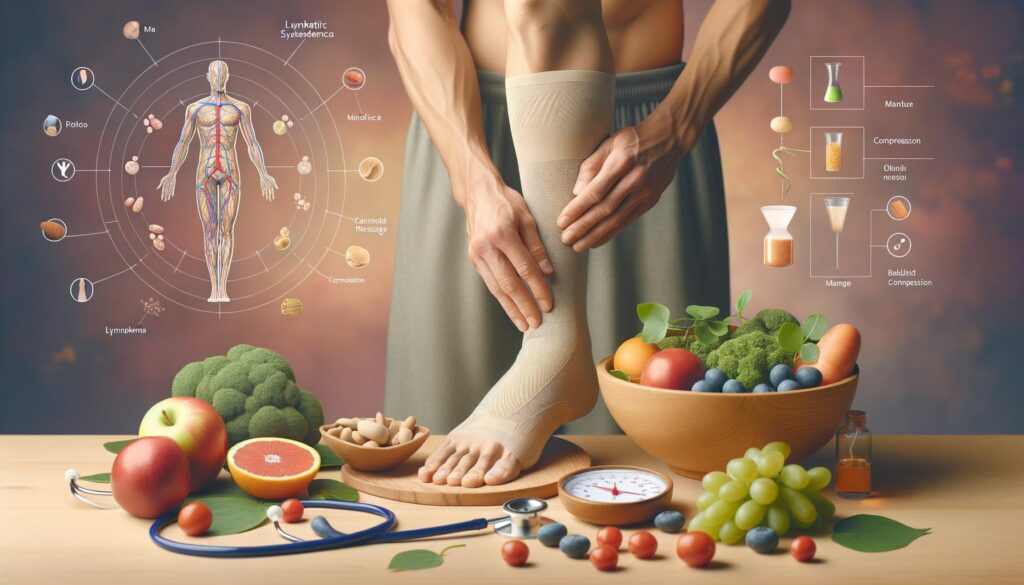Understanding Lymphedema: Therapies and Treatments

What is Lymphedema?
Lymphedema is a condition characterized by the swelling of body parts, commonly the arms or legs, due to a blockage in the lymphatic system. This blockage prevents lymph fluid from draining well, and as the fluid builds up, swelling occurs. Lymphedema can be hereditary or acquired following surgeries, radiation treatments, or infections that affect the lymph nodes. Understanding the causes and recognizing the symptoms early can play a vital role in managing and alleviating the effects of lymphedema.
Therapeutic Approaches to Lymphedema
Treatment of lymphedema often involves a combination of therapies and lifestyle modifications aimed at reducing the volume of fluid retention and alleviating symptoms. Some commonly used therapies include:
- Manual Lymph Drainage (MLD): A specialized massage technique that helps to stimulate the lymphatic system.
- Compression Therapy: Utilizes garments or bandages to provide pressure and reduce swelling.
- Exercise: Enhances lymphatic flow and improves mobility.
- Skin Care: Prevents infections by maintaining proper hygiene.
Each therapy needs to be tailored to the patient’s specific needs, and consistent application of these techniques can prove highly beneficial in managing symptoms.
Pioneering Treatments for Lymphedema
In recent years, advancements in medical technology have introduced new treatments for managing and potentially reducing lymphedema. Two notable treatments are:
- Low-level Laser Therapy: Uses laser light to stimulate lymphatic flow and reduce swelling.
- Surgical Techniques: Micro-surgeries like lymph node transfer or lymphaticovenular anastomosis can help reconstruct and improve lymph drainage.
These pioneering treatments offer hope for patients suffering from severe forms of lymphedema, providing them with options that were not available a few decades ago.
Self-management and Daily Care
Living with lymphedema requires ongoing self-care and attention to reduce its impact. Patients are advised to:
- Regularly engage in physical activity tailored to their abilities.
- Maintain a healthy weight to lessen the pressure on affected limbs.
- Wear recommended compression garments diligently.
- Remain vigilant about skin care to prevent complications.
Developing a personalized care plan in conjunction with healthcare professionals can greatly enhance the quality of life for those living with this condition.
Future Outlook on Lymphedema Treatment
Research into lymphedema is ongoing, with medical professionals striving to better understand and combat this challenging condition. Innovations in genetic studies and bioengineering hold promise for future breakthroughs in treatment. There is an optimistic view that these advances will not only refine existing therapies but also pave the way for new, more effective solutions. In the meantime, education and proactive management remain crucial elements in improving outcomes for individuals with lymphedema.
Conclusion: Taking Steps Towards Better Management
For individuals affected by lymphedema, the road to managing this condition involves a multi-faceted approach. From therapeutic interventions and surgical options to daily self-care routines, there are numerous ways to alleviate symptoms and enhance quality of life. Staying informed about new treatments and working closely with healthcare providers can empower patients to take charge of their health, leading to better management and a hopeful perspective on the future.
